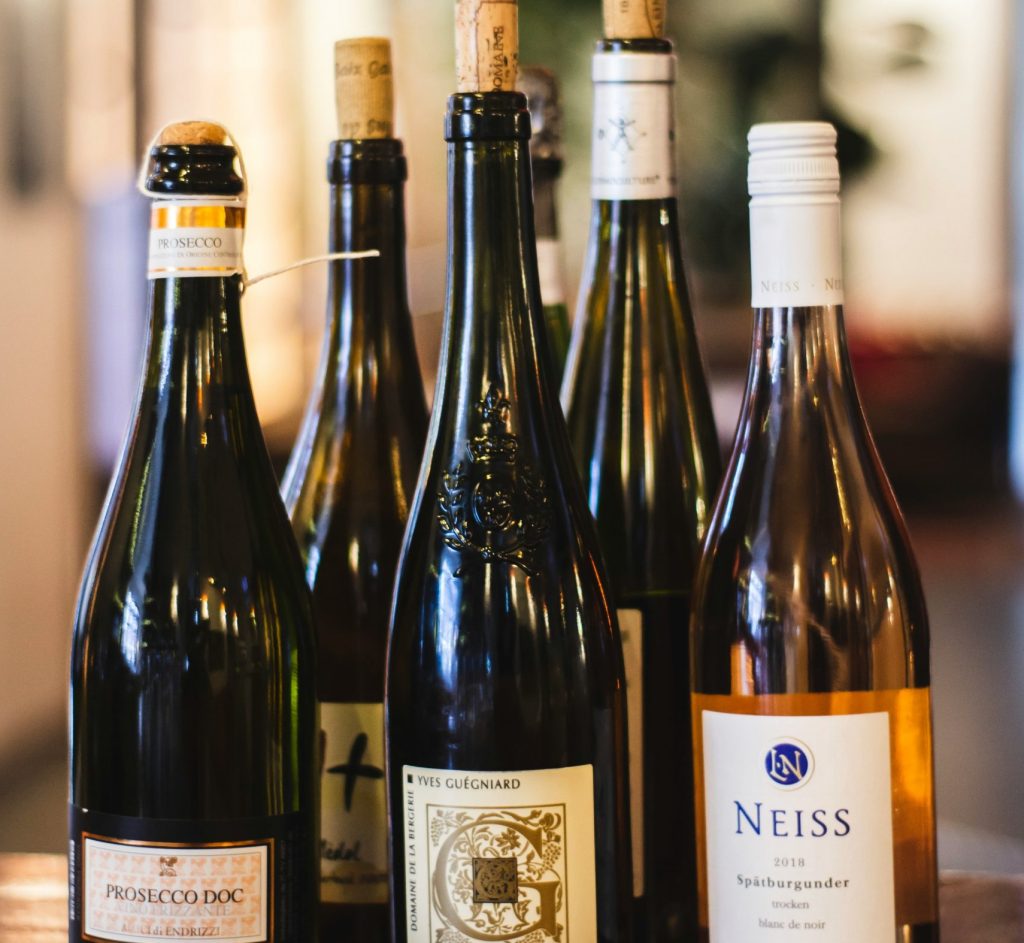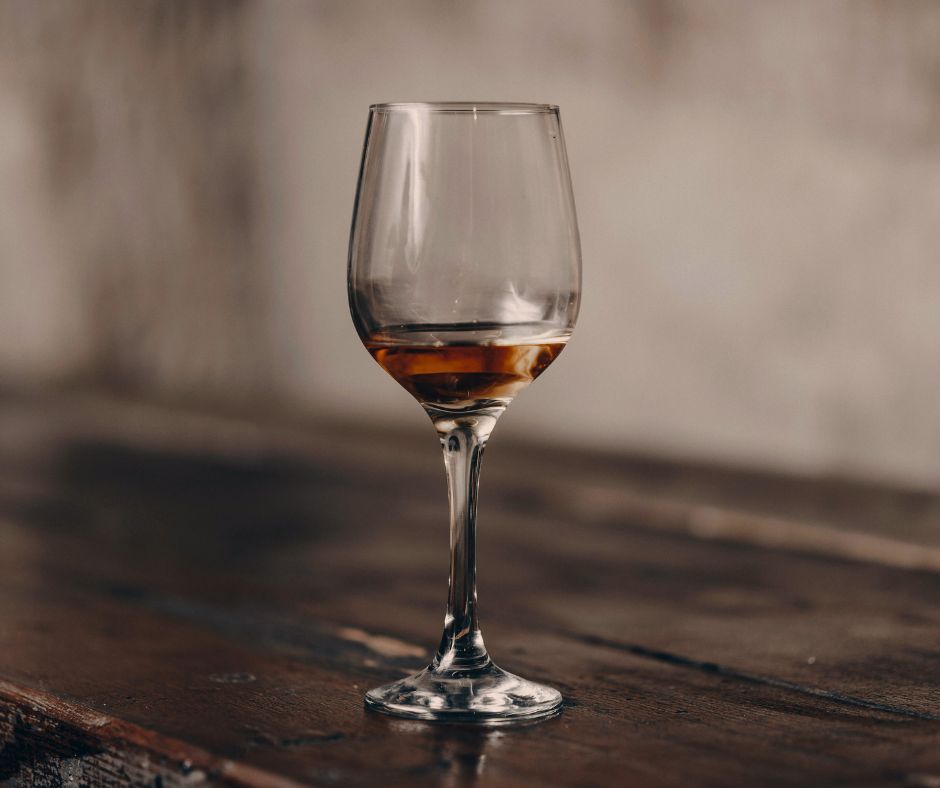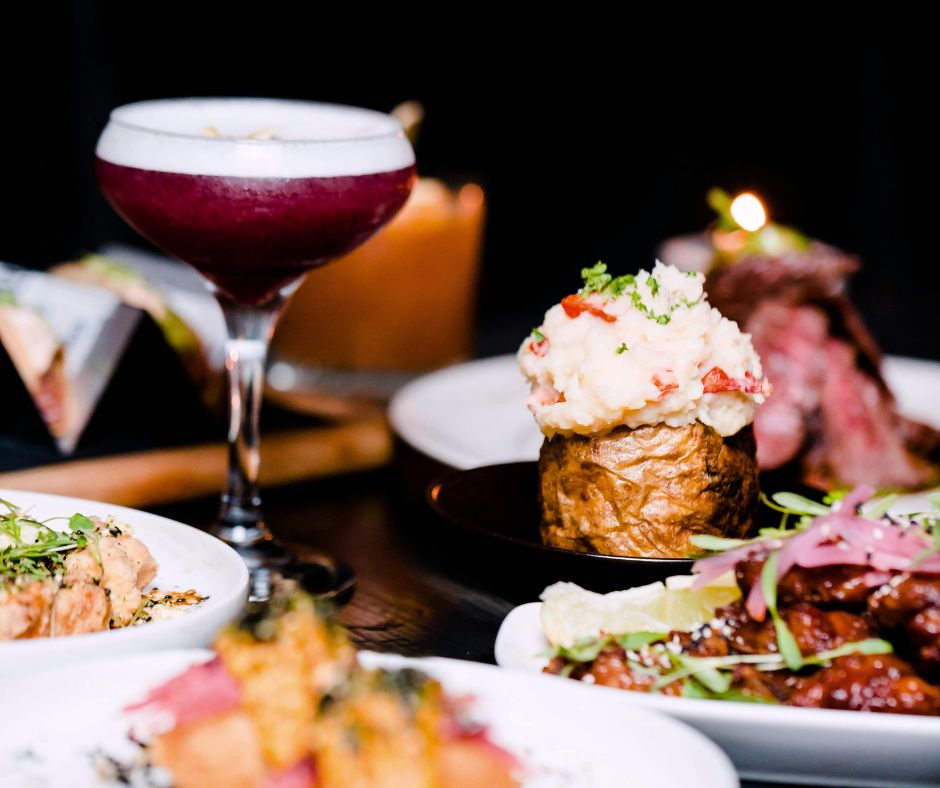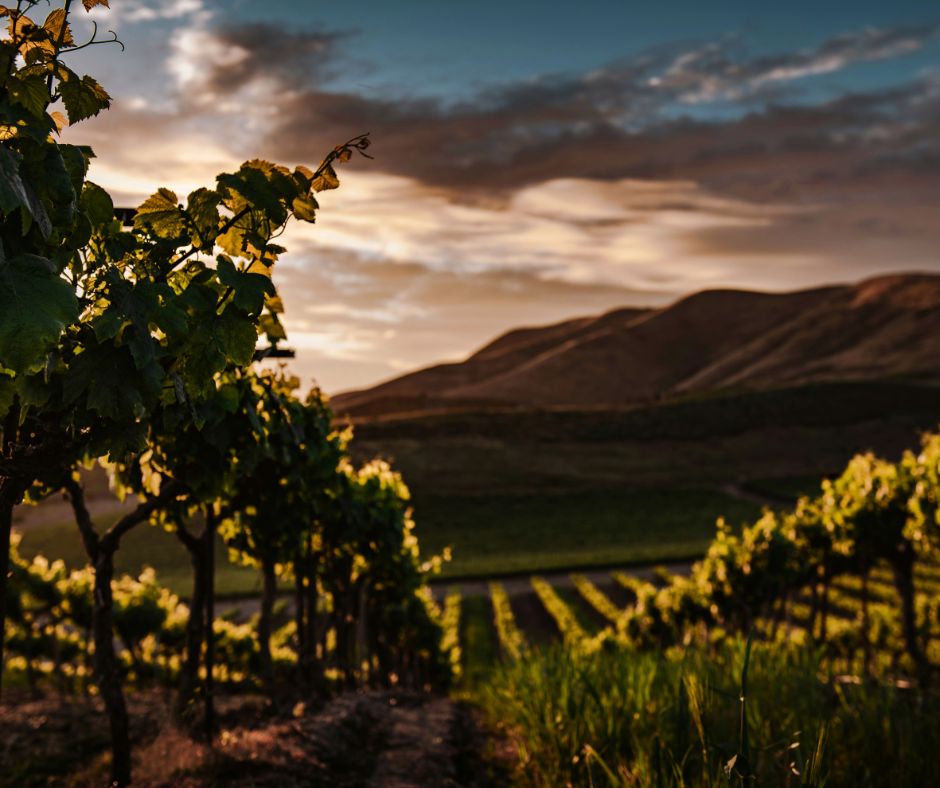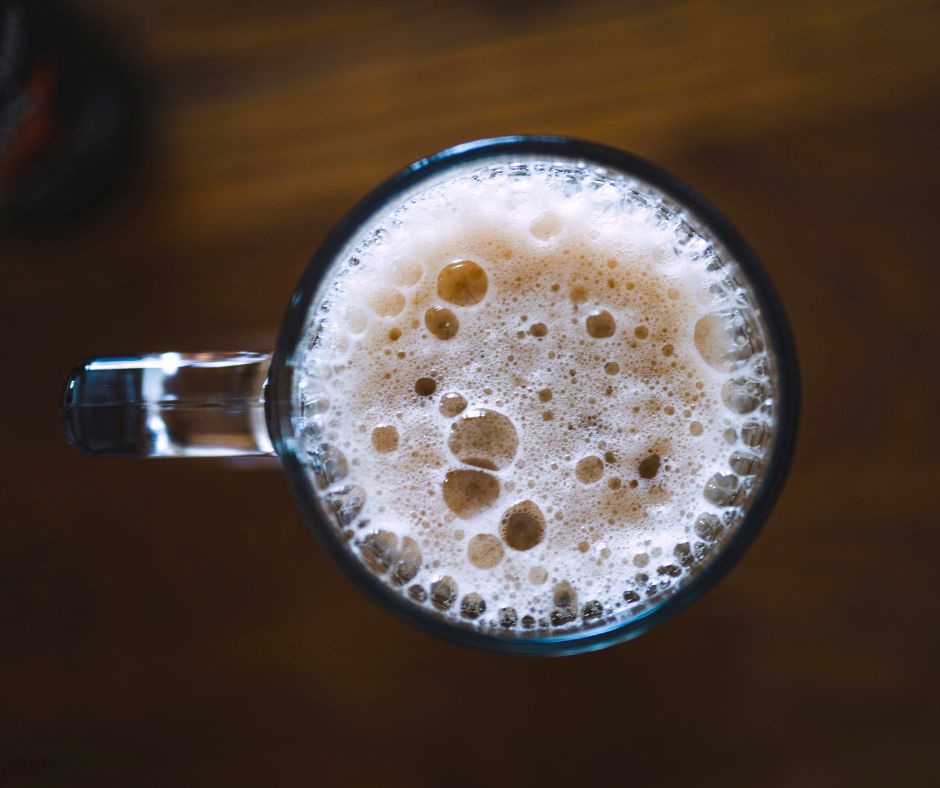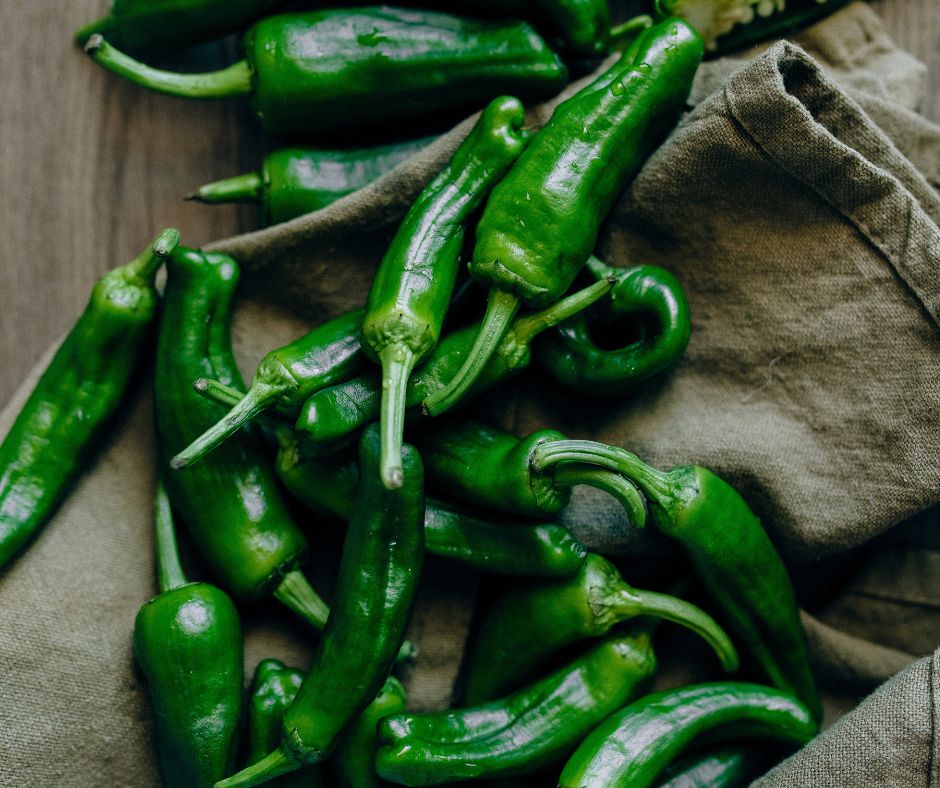At Pairable™, we’re all about helping you find the best wine for your meal, but let’s clear up a major misconception: Expensive doesn’t always mean better. In the wine world, price and quality often overlap — but they are not the same thing.
The truth?
Wine is a luxury commodity that trades on open markets, influenced not just by craftsmanship but by scarcity, prestige, marketing, and even global demand cycles. Here’s how to understand what you’re really paying for — and how to find true quality at any price point.
What Makes a Wine Expensive?
These factors drive up the price tag, but they don’t always guarantee better taste:
Scarcity & Exclusivity
- Limited production (tiny vineyards, rare grapes).
- Historical prestige (Burgundy, Grand Cru Bordeaux).
- Collector demand (cult wines like Screaming Eagle or DRC).
Expensive because: Demand far exceeds supply — not necessarily because the wine itself is better.
Land & Terroir
- Vineyards in famous, historic, or challenging regions (steep slopes in the Mosel, prized limestone in Chablis).
- Old vines that produce fewer grapes — but more concentrated flavors.
Expensive because Real estate is costly, and low yields mean fewer bottles — but this often correlates with higher quality.
Production Methods
- Hand harvesting.
- Sustainable farming.
- Extended aging in expensive new oak barrels.
- Long, careful cellaring before release.
Expensive because: Labor-intensive and time-consuming — but these do contribute to quality as well.
Branding & Marketing
- Established reputations (Château Margaux, Dom Pérignon).
- Big-name consultants (Michel Rolland, Helen Turley).
- Points and scores from critics.
- Organic or biodynamic farming.
Expensive because: You’re buying the label as much as the liquid — and this rarely guarantees quality for the drinker— though reputations ARE most often deserved which can impact quality.
What Makes a Wine High Quality?
Quality is a measure of craftsmanship and sensory excellence, regardless of price. These are the hallmarks of truly well-made wine:
Balance
- The harmony between acidity, tannin, fruit, alcohol, and sweetness.
- Nothing sticks out — everything feels seamless.
Complexity
- Layers of aroma, flavor, and texture that evolve in the glass.
- Wines that reveal new details with every sip.
Typicity
- A great wine reflects where it came from — showing authentic character of grape and place.
Length
- The flavors don’t disappear the second you swallow — they linger and evolve.
Ageability (when relevant)
- Structured wines that improve with cellaring, developing secondary and tertiary flavors over time.
Wines that are mass produced are often made to formulaic production standards with lots of intervention aimed at ensuring a consistent taste profile irrespective of seasonal conditions. Artisan wine makers resist the temptation to over-produce their wine and count on their talent to bring forth a quality product each season.
Where Cost & Quality Overlap — and Where They Don’t
| Factor | Drives Up Cost | Raises Quality | Notes |
| Scarcity | ✅ | ❌ | Rare doesn’t always mean good. |
| Famous Vineyards | ✅ | ✅ (usually) | Great sites often make great wine — but not always. |
| Careful Winemaking | ✅ | ✅ | Labor-intensive wines are often more complex. |
| Prestige Branding | ✅ | ❌ | Branding has no effect on actual flavor. |
| Balance & Complexity | ❌ | ✅ | These are quality markers, no matter the price. |
| Sense of Place (Terroir) | ✅ | ✅ | Real terroir expression is rare and valuable. |
| High Critic Scores | ✅ | ❌ | Scores chase trends — not personal taste. |
| Locality | ❌ | ✅ | What “grows together, goes together” is a time tested meme leading to great pairings. |
What This Means for Pairing
When it comes to Pairable™, price doesn’t matter — quality does. Aiza™ focuses on:
✅ Flavor balance
✅ Grape typicity
✅ Food compatibility
✅ Your personal preferences
✅ Availability at the venue
If the perfect pairing is a $15 Albariño over a $150 Chardonnay, Aiza™ will say so — because the best wine is the one that fits your meal and your taste, not just the priciest bottle.
Aiza™ Pro Tip
Next time you’re handed a wine list, don’t just scan prices — scan the list with Pairable™. Aiza™ will guide you to the best quality for your taste and your dish, not just the flashiest label.


